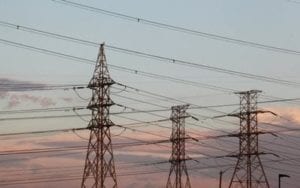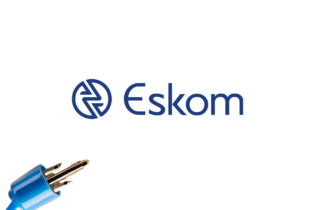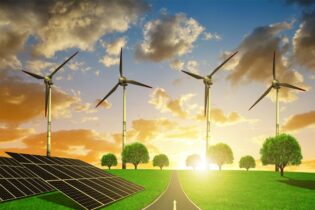POWER utility Eskom has asked the National Energy Regulator of South Africa (Nersa) to increase electricity tariffs for the next five years by an average 16% a year.
Over the next five years, electricity prices will, therefore, more than double from the current 61c per kilowatt-hour to 128c per kilowatt-hour. The new tariffs come into effect next year and cover the period between April next year and March 2018. Eskom’s submission of the application to Nersa — after some delays — ends months of speculation and anxiety about tariffs. It also marks, however, the beginning of public scrutiny of the utility. The proposed increase is likely to raise the ire of hard-pressed consumers. Nersa is required by law to hold a public consultation process on the tariffs. Eskom said 13% of the 16% increase was for its “own needs”, while 3% was factored in to support the introduction of independent power producers (IPPs). The governemnt has taken steps to bring private players into the local electricity industry. The 3% increase is an indication of the extent to which electricity consumers will have to dig deeper into their pockets to facilitate private power, which is generally more expensive than Eskom’s. Eskom is the buyer of IPP power. The IPPs were expected to add R78bn to Eskom’s costs over the five-year period, CEO Brian Dames said. The utility said its revenue requirement for the period to 2018 took into consideration its capacity expansion programme — up to the completion of the Kusile coal-fired power station — as well as the impact of the Department of Energy’s 1,020MW peaker plant and the renewable energy IPP bid procurement programme. To arrive at its tariff request, Eskom assumed, among others, that electricity demand would increase 1.9% over the next five years, that primary energy costs would increase less than 10% and that there would be a mandatory energy conservation scheme targeting heavy users.Most significantly, the utility also assumed that it would only be required to secure funding up to the Kusile project.
“There is nothing on the drawing board beyond that. We do not know what we will be asked beyond Kusile,” Mr Dames said. He said it was important for the government to decide on the projects provided for in the integrated resource plan (IRP2010), which was crucial for planning purposes. Mr Dames also said the nuclear programme, which was supposed to deliver new nuclear capacity by 2023, was already late. Eskom has also modelled a scenario where the utility is required to build 65% of the IRP2010 electricity capacity and, in that case, it will require increases of “almost 20%”. Mr Dames said Eskom had turned its fortunes around since 2009 when the previous price tariffs were determined. At the time, Nersa granted it average price increases of 25% over three years. “We have turned around in the past three years,” he said. At that time, the utility was still working on a funding plan for its capital expansion programme. Now, about 80% of Eskom’s funding requirements were “signed and sealed”, Mr Dames said. Source: http://www.bdlive.co.za







